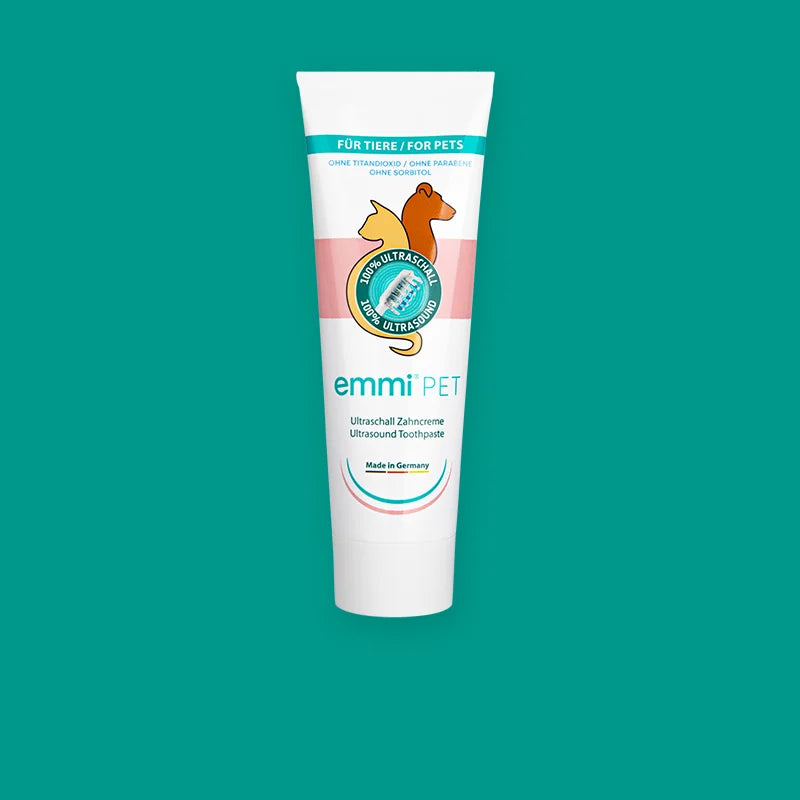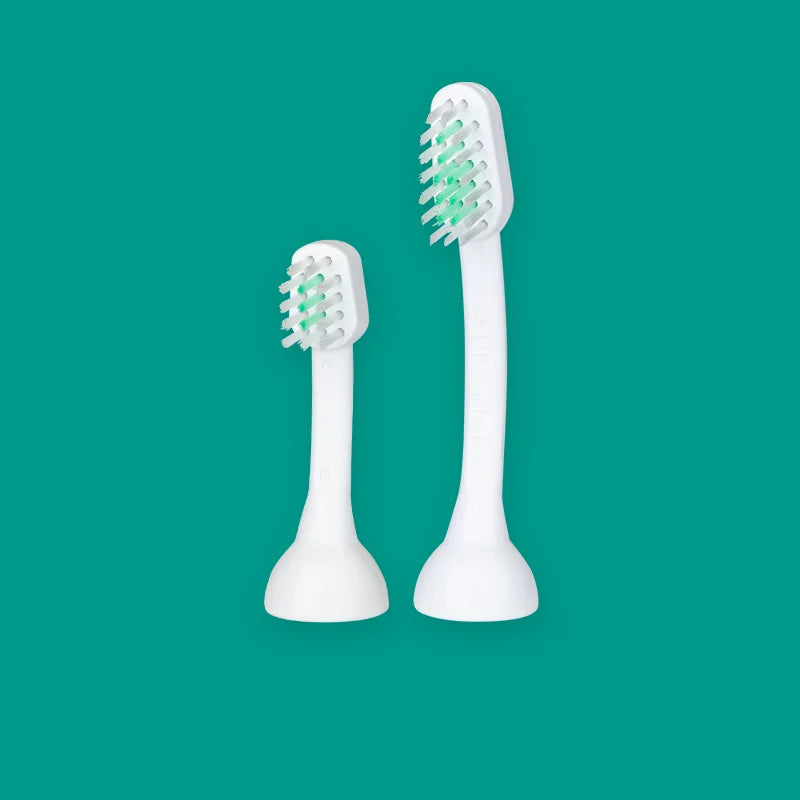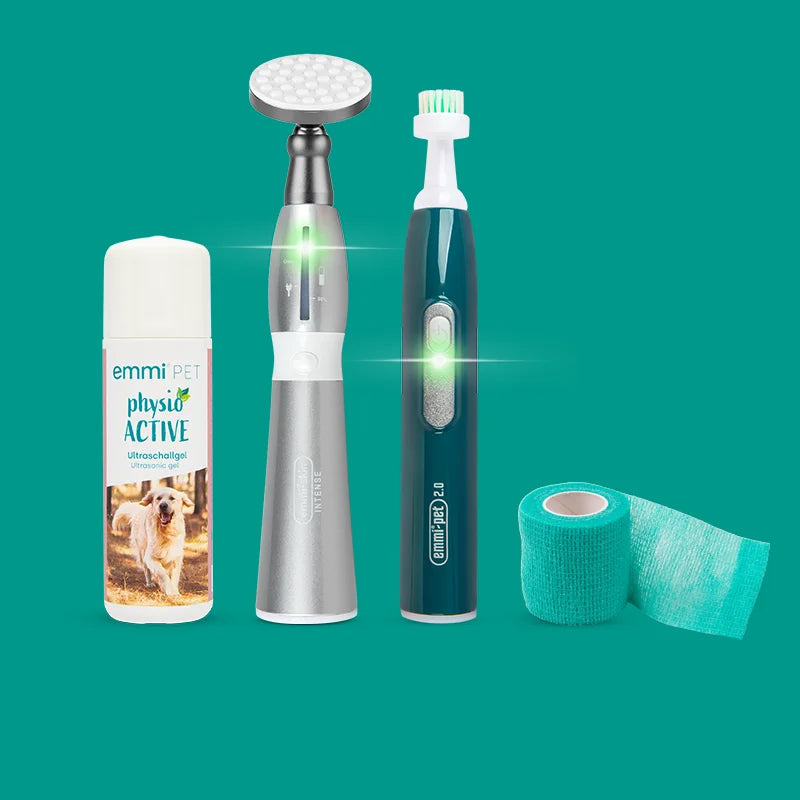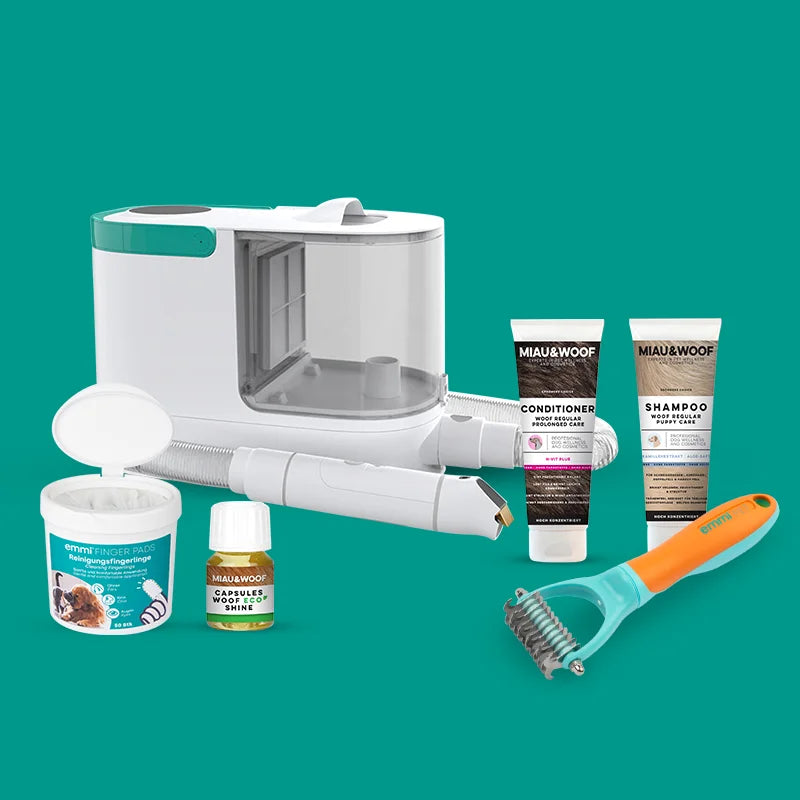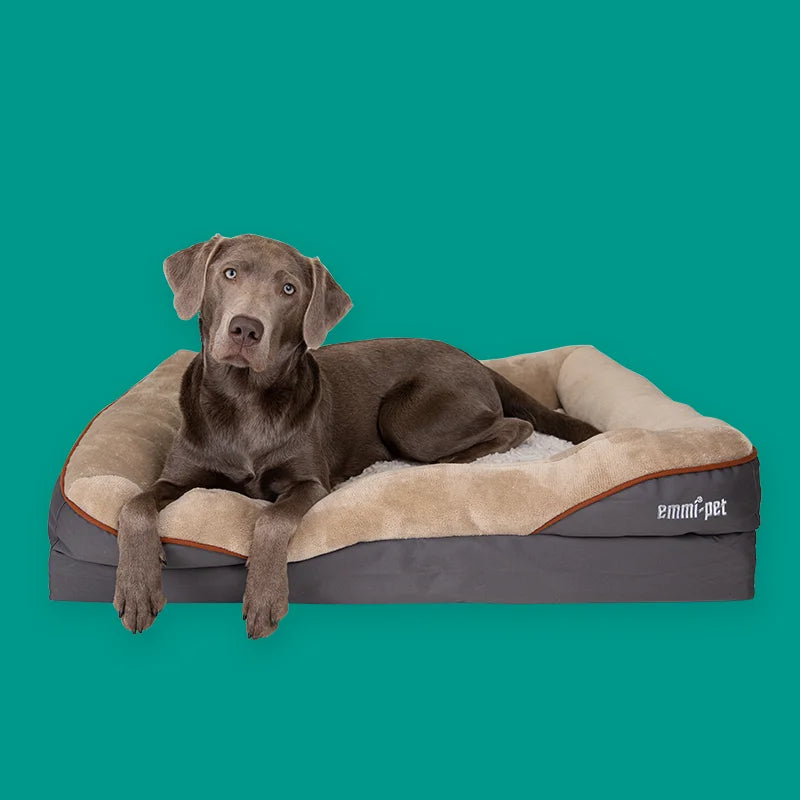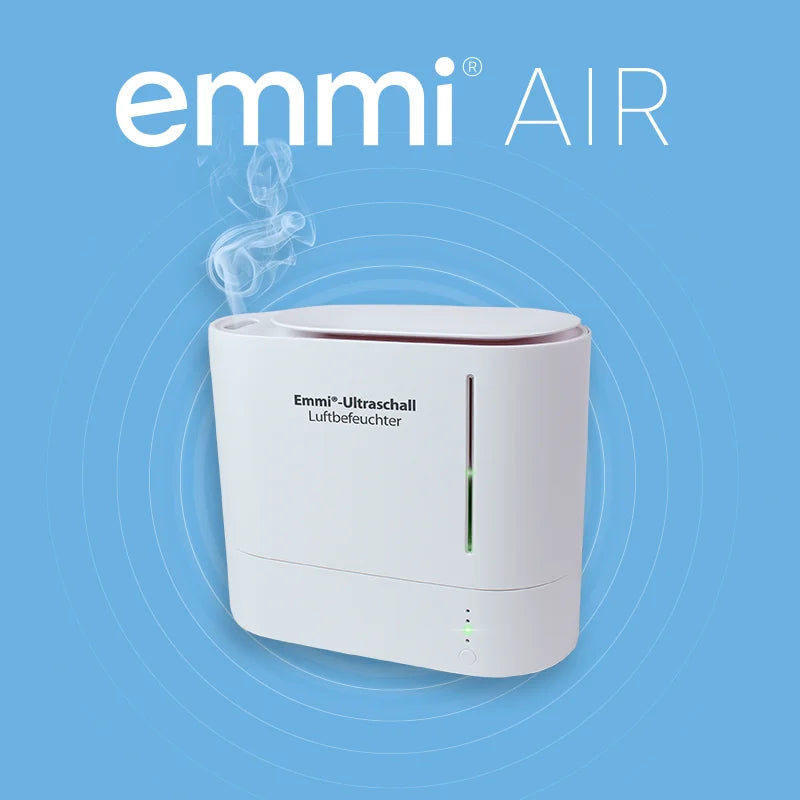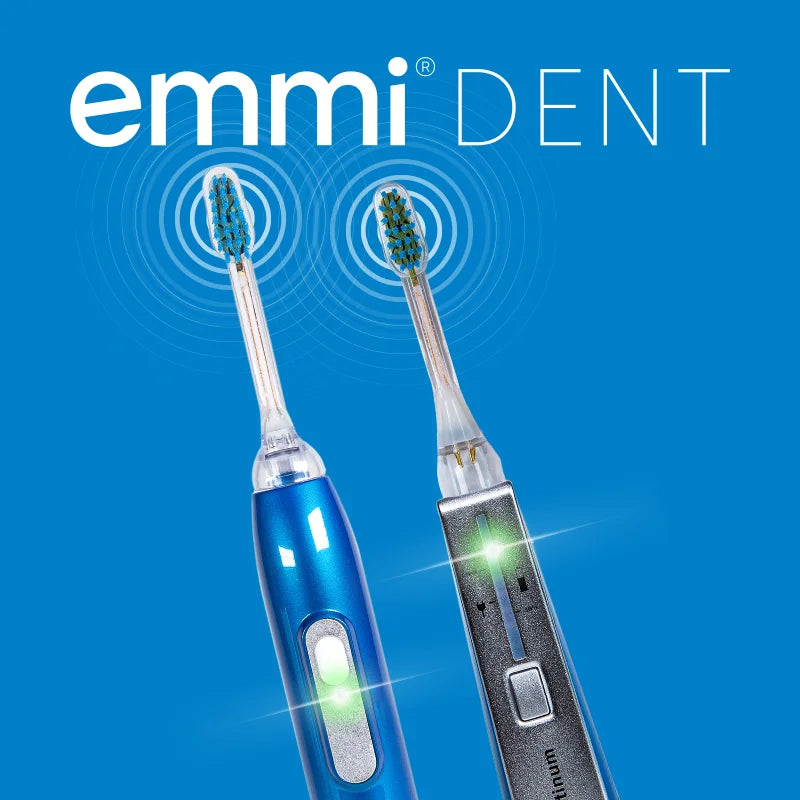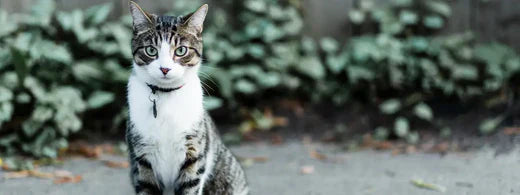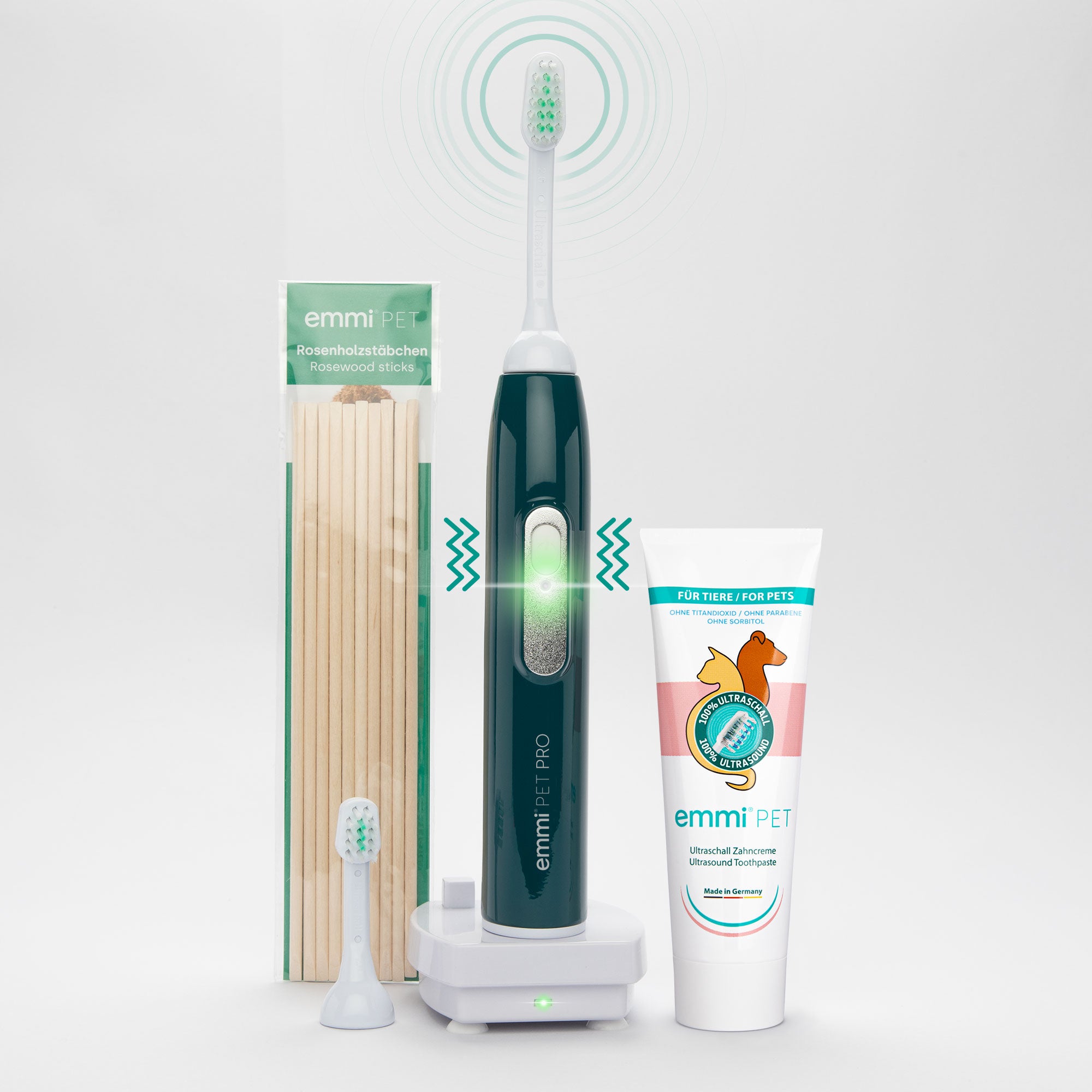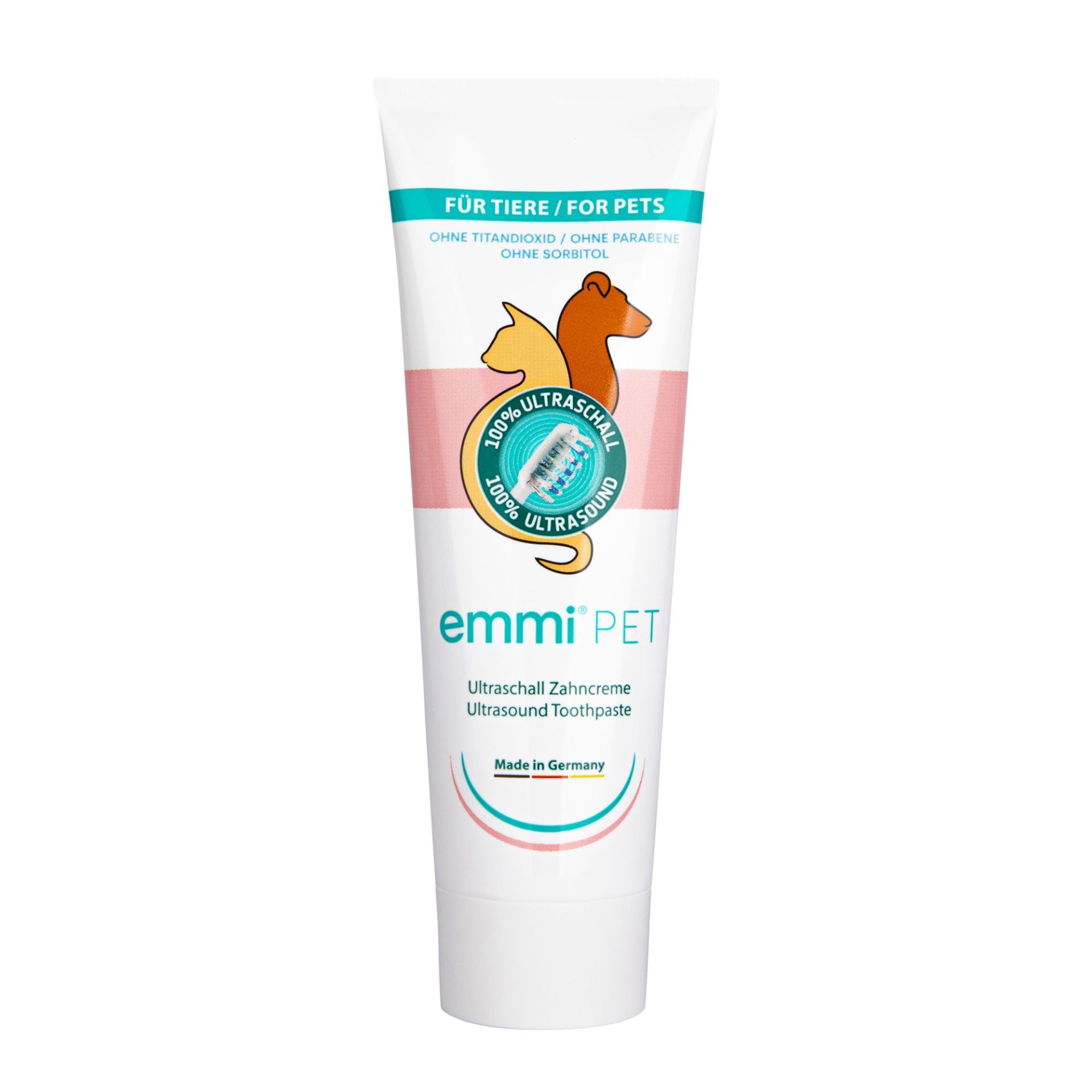Dental diseases and dental conditions in cats often progress gradually. It's not uncommon for dental problems in cats to be diagnosed during another examination. Gingivitis in the back of the cat's mouth, in particular, is not uncommon. It usually only becomes problematic when the inflammation has progressed significantly. Cats tend to be reluctant to express pain. Because the symptoms in the oral cavity are often very subtle and nonspecific, bad breath, drooling, refusal to eat, or severe pain only occur in the advanced stages. In today's blog post, we'll explain how to detect dental diseases in your cat early on.
Dental diseases in adult cats
Tooth fractures that can occur as a result of trauma are characterized by a broken tooth. This often affects exposed canines. If the tooth root cavity (pulp) is exposed, this can lead to bacterial colonization. The result: severe inflammation that can extend into the jawbone. Swelling of the cheek is not uncommon with advanced tooth fractures. Occasionally, purulent fluid may also drain outward.
Periodontal disease is one of the most common problems in adult cats. Bacterial plaque leads to gingivitis, which can be so severe that it even leads to gum recession. Pocket formation, bone loss, and tooth loss are often caused by periodontal disease.
Feline odontoclastic resorptive lesions (FORL) refer to tooth-degrading changes in cats. Often, multiple teeth are affected. This dental disease can also occur without inflammatory changes. It is considered a disease of old age. The cause has not yet been conclusively determined.
Stomatitis is an inflammation of the oral mucosa. Redness, swelling, and pain of the gums, lips, tongue, and throat mucosa can lead to complete refusal to eat. This type of inflammation can have many causes.
Oral cavity tumors, like FORL, are a disease of old age. They often occur in older adult cats. Unfortunately, most of them are malignant. However, benign tumors and purely inflammatory processes appear similar but have significantly better cure rates.
Jawbone fractures are also not uncommon in adult cats. Temporomandibular joints that are dislodged from their sockets as a result of a fall also occur more frequently in older cats than in young ones.
Prophylaxis: Prevention instead of aftercare
As with dogs, proper dental care is also beneficial for cats. With the right hygiene measures, oral diseases can be prevented. If problems exist, their progression can be largely halted. Daily brushing with our emmi®-pet ultrasonic toothbrush removes bacterial plaque. Thorough dental hygiene for your cat prevents the conversion of bacterial waste products into tartar. Dental hygiene with our emmi®-dent ultrasonic toothbrush is the ideal preventative measure.
You should gradually accustom your pet to this active form of dental care. It's important to have your cat and its teeth checked regularly by a veterinarian. An annual health check-up allows for early detection and treatment of dental damage.

